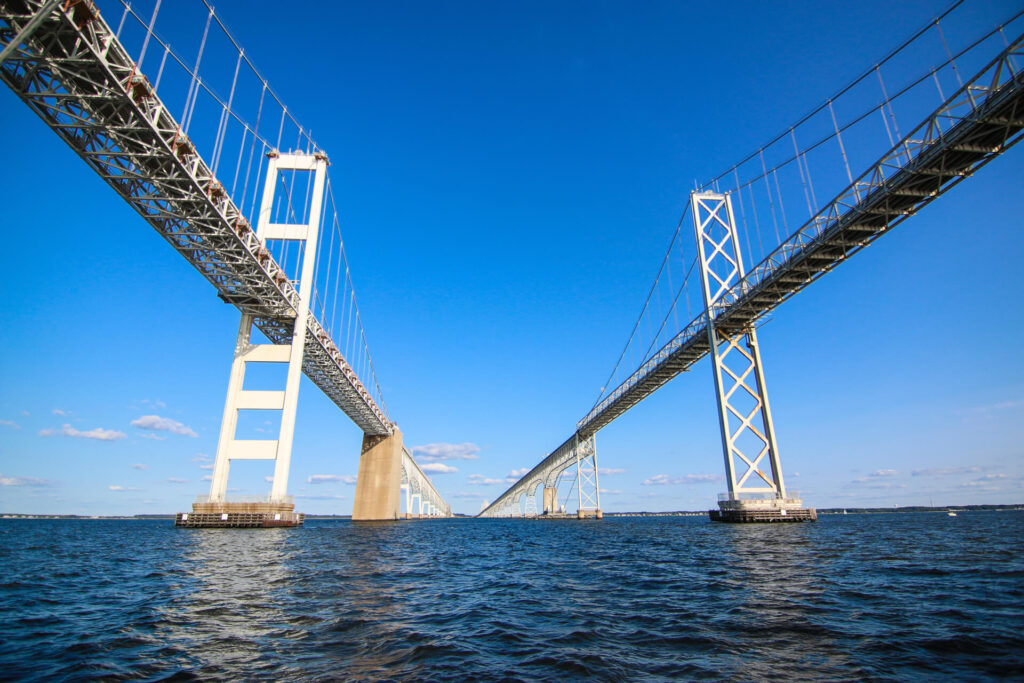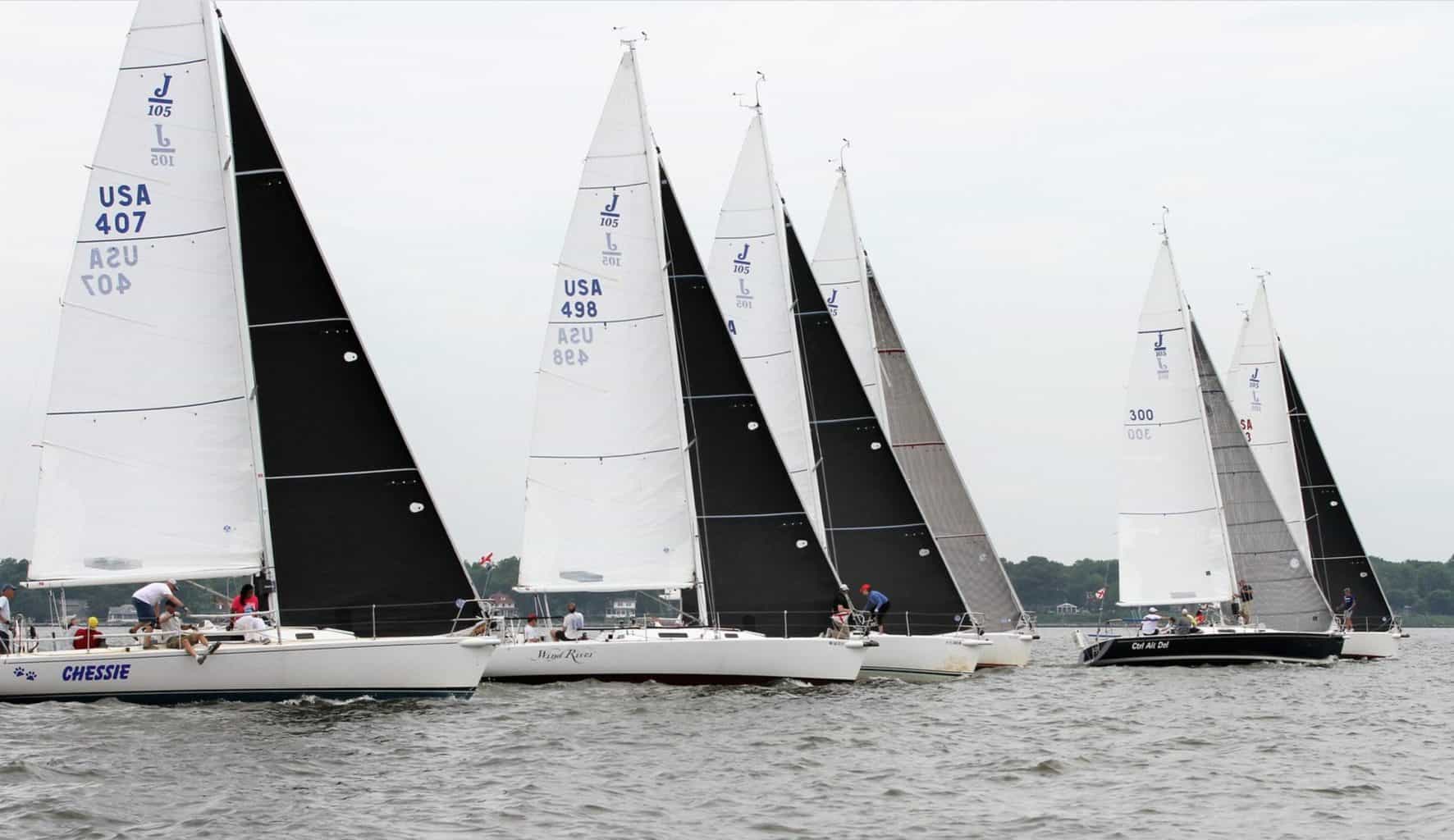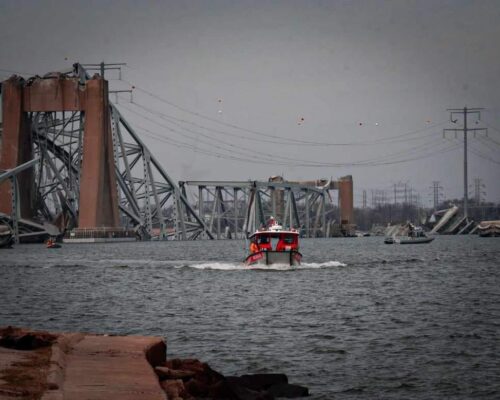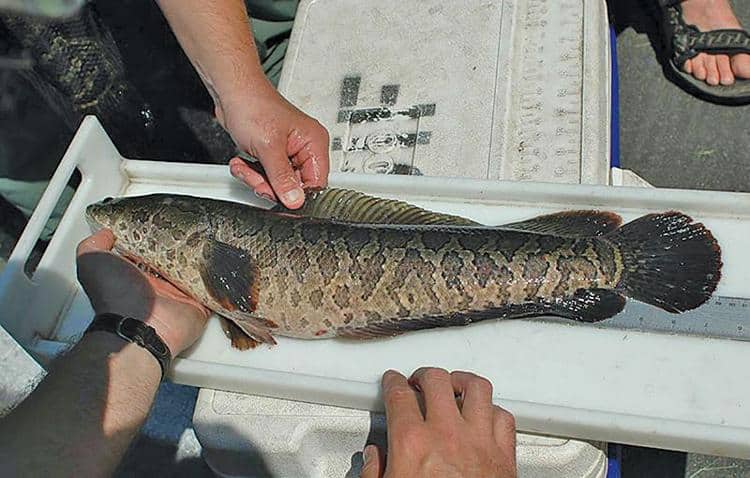The Bay Bridge is one of Maryland’s greatest assets. It connects the Western Shore with the Eastern Shore and shows off the beauty of the Chesapeake Bay. But on summer weekends, it can fuel angst and frustration for drivers, as backups stretch beyond 10 miles long at times.
The state has been begun a painstaking process of studying possible solutions and has determined that adding a third span alongside the current eastbound and westbound spans of the bridge would be most feasible. This study is being done under the National Environmental Policy Act and aims to analyze solutions to congestion relief and improve travel reliability.
The multi-year Chesapeake Bay Crossing Study, which began in 2016, identified a best plan to solve the bridge traffic problem. The $28 million Tier 2 study will focus on the proposed corridor containing the existing Bay Bridge, Corridor 7. This extends for around 22 miles from the Severn River bridge to the US 50/301 split. Operational alternatives, including ferry services, rail and bus transportation were evaluated as part of the Tier 1 study, and found to not meet the state’s transportation goals as a standalone option.
The Tier 2 study will look at how these modes of transportation could be used together with other options, like a third span. A virtual hearing open to the public last week focused on pedestrian, bike and transit considerations.
Among the options discussed: allowing the new bridge span to have a bike/ pedestrian lane added.
Jon Korin, the President of Bike Advocates for Annapolis and Anne Arundel County, also a member of the Anne Arundel County Transport Commission, spoke at the June 27 virtual hearing. He is advocating the creation of a bike/pedestrian lane connecting local, regional and national trail networks together.
“It needs to be a policy by MDTA to provide these types of facilities,” Korin said. “Other bridges around the country, including long bridges, have it.”
This new study, if enacted, would increase tourism to the Eastern Shore, especially for individuals who do not have access to a car. Hugh Hayes, a resident of Annapolis, spoke in the bike/pedestrian listening meeting on the value this would add to residents and to Maryland.
Hayes wants this new path to connect to the Broadneck trail on the west side, and the Cross Island trail on the East side.
“If we miss the chance to do this, it’s like a hundred-year opportunity to do it again,” Hayes said in regards to his support for a new bridge that offers a bike and pedestrian lane.
If you have any comments about pedestrian, bike and transit in the new Bay crossing study, you can submit your comments to baycrossingstudy.com or email them to info@baycrossingstudy.com.
-Dorothy Hood




